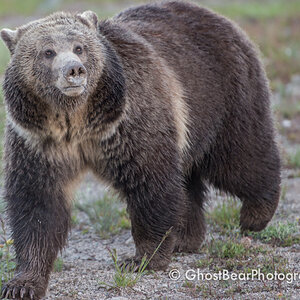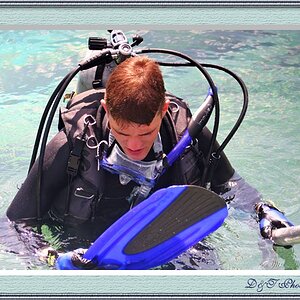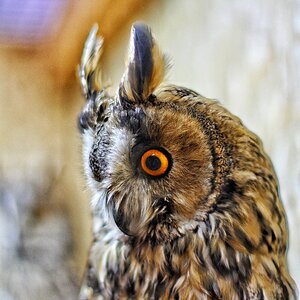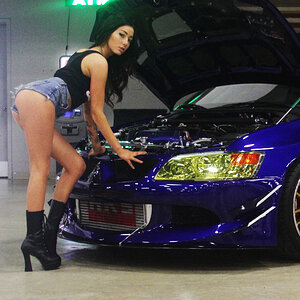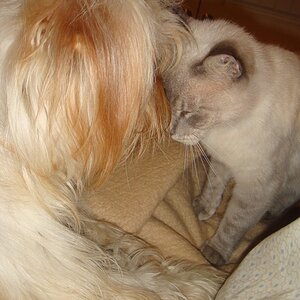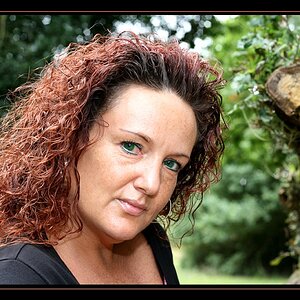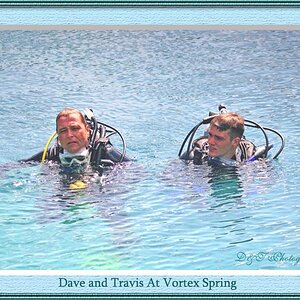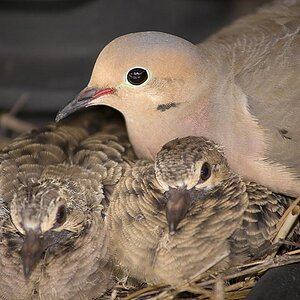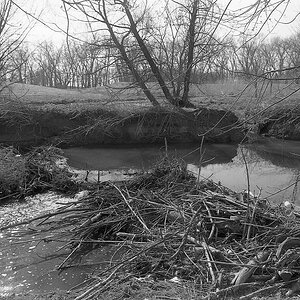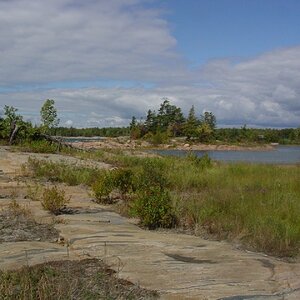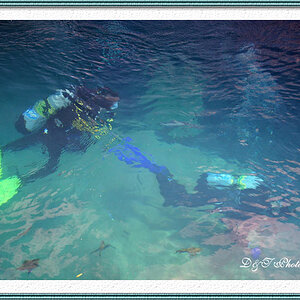clarbin
TPF Noob!
- Joined
- Jul 19, 2008
- Messages
- 57
- Reaction score
- 0
- Location
- Litchfield Park, Az.
- Can others edit my Photos
- Photos OK to edit
well obviously. but you knew the a/c button made the air conditioning function, the hazards made the hazard lights go on, etc
that would be like saying 'i bought a camera and i cant find the menu button' which is a totally normal thing since its a new physical item, you still would know what shutter speeds/aperture/iso/etc are.
We bought a Volkswagen Touareg a couple of years ago and I couldn't tell you what half of the friggin' buttons were until I read the manual.
All those little symbols and hieroglyphics. I still don't know what some of them are.


